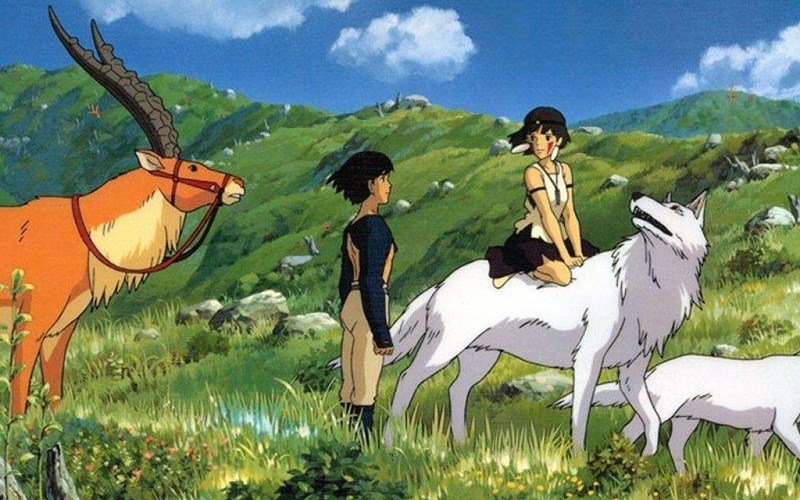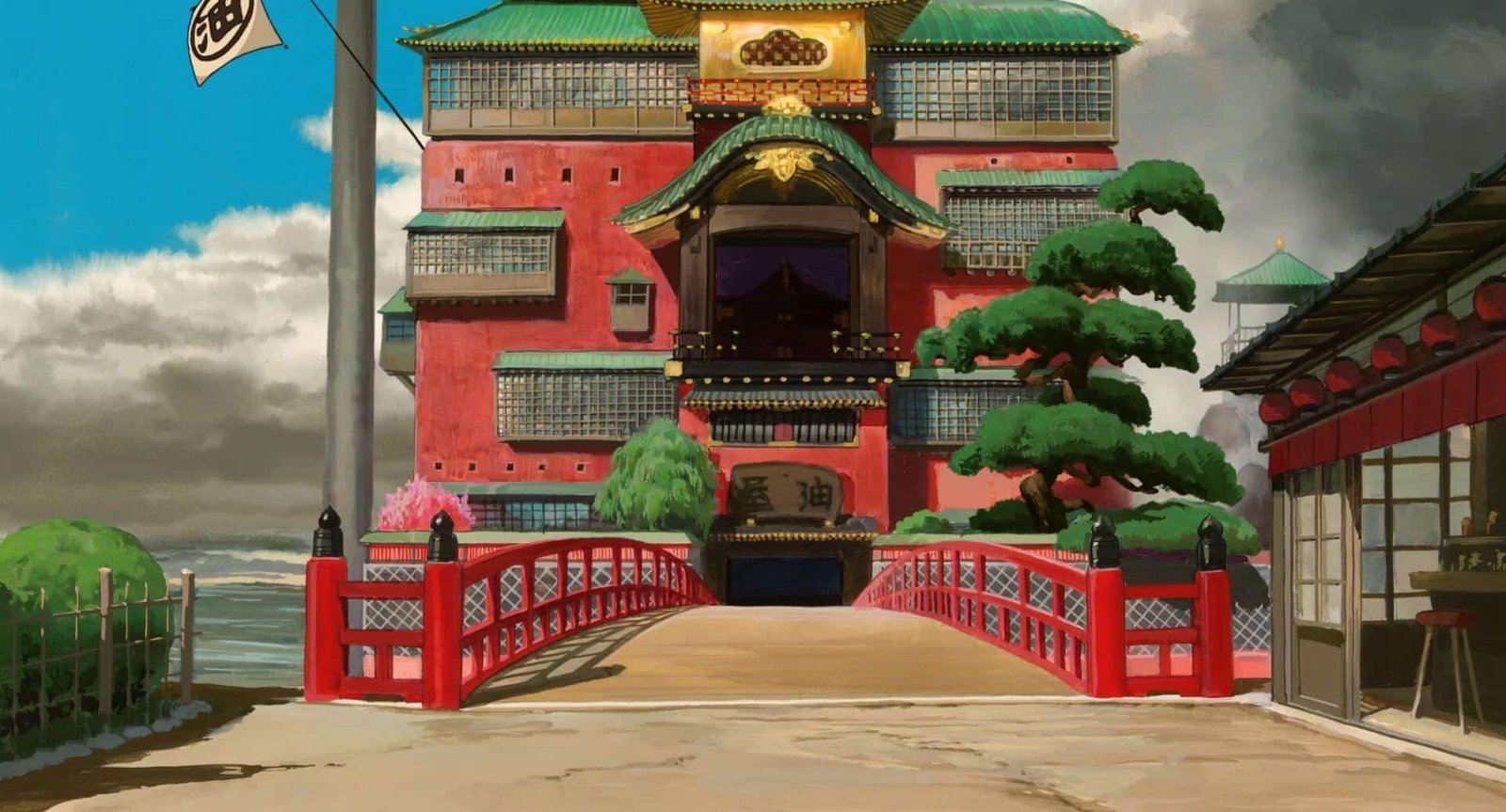Anime films have long been recognized for their ability to tackle complex themes and offer profound insights into societal issues. One prominent theme that has emerged in anime is environmentalism. This article explores how anime films address environmental issues, presenting a range of perspectives from ecological caution to nature’s beauty and fragility.
1. Studio Ghibli’s Environmental Narratives
Studio Ghibli is renowned for integrating environmental themes into its films, blending rich storytelling with ecological messages.
a. “Nausicaä of the Valley of the Wind” (1984)
Directed by Hayao Miyazaki, “Nausicaä of the Valley of the Wind” is a seminal work in anime environmentalism. Set in a post-apocalyptic world ravaged by toxic spores and industrial pollution, the film follows Nausicaä, a young princess who strives to understand and heal the devastated environment. The film advocates for environmental stewardship and respect for nature’s resilience.
b. “Princess Mononoke” (1997)
Another influential Ghibli film, “Princess Mononoke”, delves into the conflict between industrialization and nature. The story depicts the struggle between forest spirits and human encroachment, emphasizing the consequences of environmental exploitation and the need for harmony between humanity and the natural world.
c. “My Neighbor Totoro” (1988)
“My Neighbor Totoro” offers a gentler take on environmental themes, focusing on the beauty and serenity of rural life. The film celebrates nature’s wonders and the importance of preserving natural spaces through the lens of a charming and magical narrative.
2. The Portrayal of Nature in Japanese Anime

Several anime films outside of Studio Ghibli also tackle environmental issues, showcasing diverse approaches to the theme.
a. “The Cat Returns” (2002)
Directed by Hiroyuki Morita, “The Cat Returns” includes subtle environmental themes through its portrayal of the natural world and the consequences of human actions. The film highlights the interconnectedness between humans and nature, even within a whimsical, fantasy setting.
b. “A Letter to Momo” (2011)
In “A Letter to Momo”, directed by Hiroyuki Okiura, environmental themes are interwoven with a story about family and personal growth. The film reflects on the impact of human activity on the environment and the importance of honoring and preserving traditional values and nature.
c. “Children of the Sea” (2019)
Based on the manga by Daisuke Igarashi, “Children of the Sea” explores marine life and environmental concerns. The film delves into the mysteries of the ocean and the effects of human activity on marine ecosystems, offering a visually stunning and thought-provoking experience.
3. Environmentalism Through Animation Style and Imagery
Anime’s visual artistry often enhances its environmental themes, using animation techniques to emphasize the beauty and vulnerability of nature.
a. Rich, Detailed Landscapes
Anime films frequently depict nature with lush, detailed backgrounds that highlight its beauty and fragility. The vibrant and immersive environments in films like “Spirited Away” and “The Red Turtle” (2016) serve as a backdrop for the environmental messages, making the audience acutely aware of what is at stake.
b. Symbolism and Metaphor
Environmental themes are often explored through symbolism and metaphor in anime. For example, the use of natural elements as symbols for larger ecological or philosophical concepts allows for a deeper engagement with the subject matter. Films like “Kiki’s Delivery Service” use nature as a symbol of personal growth and balance.
4. Impact on Audiences and Culture
The portrayal of environmental themes in anime films has contributed to a broader awareness and appreciation of ecological issues among audiences.
a. Cultural Influence
Anime’s environmental messages resonate within Japanese culture and beyond, inspiring viewers to consider their own relationship with nature and the impact of their actions. This influence extends to real-world environmental movements and initiatives.
b. Educational Value
Anime films that address environmental issues often serve an educational purpose, offering insights into ecological concepts and encouraging viewers to think critically about environmental stewardship.
Conclusion
Anime films have made significant contributions to the discourse on environmentalism through their storytelling, artistic techniques, and thematic exploration. By blending captivating narratives with ecological messages, anime has the power to inspire and educate audiences about the importance of preserving and respecting the natural world.











